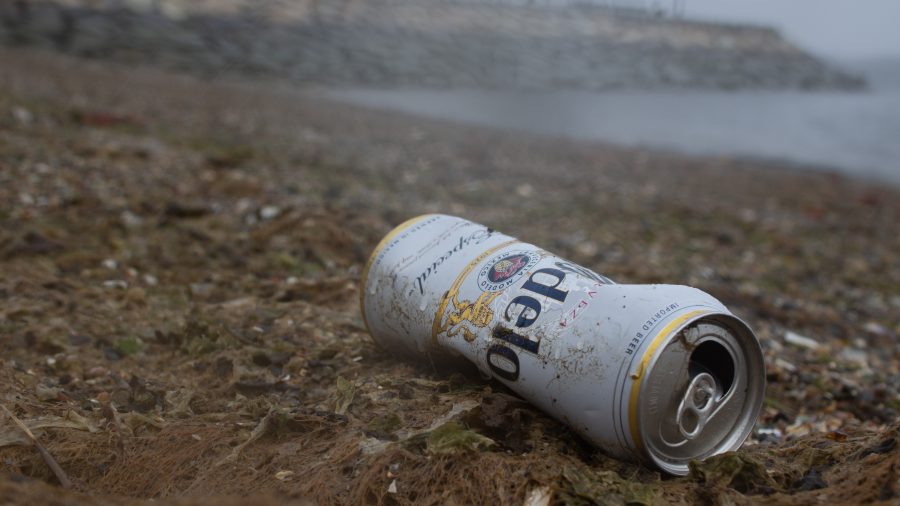Hundreds of thousands of marine viruses were recently recorded and the results were published in the scientific journal ‘Cell’ on April 25 of this year—more than double what scientists previously thought were in Earth’s oceans.
According to an article in Nature: International Journal of Science by Erin I. Garcia de Jesus, the oceans contain over 200,000 virus species and “researchers found an unexpected pocket of viral diversity in the Arctic Ocean.” (1) The results of the survey that was conducted was to give scientists important information about the effects of these viruses on marine ecosystems and climate change.
Samples of seawater were taken from about 80 sites as part of two research projects called Tara Oceans and Malaspina, according to the journal. It explained that the two projects are to “study carbon dioxide and climate change in Earth’s Oceans.” (2) Ahmed Zayed, a microbiologist from Ohio State University and co-lead author of the study, and a team of researchers involved with the study and the samples gathered had noticed that the different virus species that were documented formed communities and a lot of the diverse viral communities were found in primarily tropical and temperate ocean waters. Diverse viral communities were also recorded in the Arctic Ocean, which surprised researchers.
The study has enabled researchers and other scientists to see how carbon dioxide can move from shallow to deep waters, which has allowed for researchers to gain a far better understanding about Earth’s oceans and how carbon dioxide moves within them. Earth’s oceans absorb half of the carbon dioxide that is released into the atmosphere by people, and the data collected about marine viruses has allowed researchers to learn that these viruses aid in the movement of carbon dioxide from surface waters into deep ocean waters. The movement of carbon dioxide to deep ocean waters allows for it to be stored deep in the ocean and not released into the atmosphere, almost like a prison cell for carbon dioxide. Researchers who were a part of the study recognized the importance of marine viruses moving carbon dioxide as a way to “stem the coming climate issues that we are facing,” (3) and how serious the impacts would be if that carbon dioxide had entered the atmosphere instead.
Researchers were shocked to notice that a lot of the viral diversity came from the Arctic Ocean, especially when the samples were collected from a relatively small area of the Arctic Ocean in a short amount of time: about six months.
The data collected from the survey shows just how little information is known about the earth’s oceans, what is in it, and how effective marine life can be in aiding current climate issues, like carbon dioxide. Researchers are determined to continue research into the viral diversity of the earth’s oceans to see just how different the oceans truly are, how the ocean works, and how the diverse viral communities can help the issue of climate change.
-
https://www.nature.com/articles/d41586-019-01329-w?utm_source=join1440&utm_medium=email&utm_placement=itkst
-
https://www.nature.com/articles/nature19366
-
https://www.nature.com/articles/nature16942

